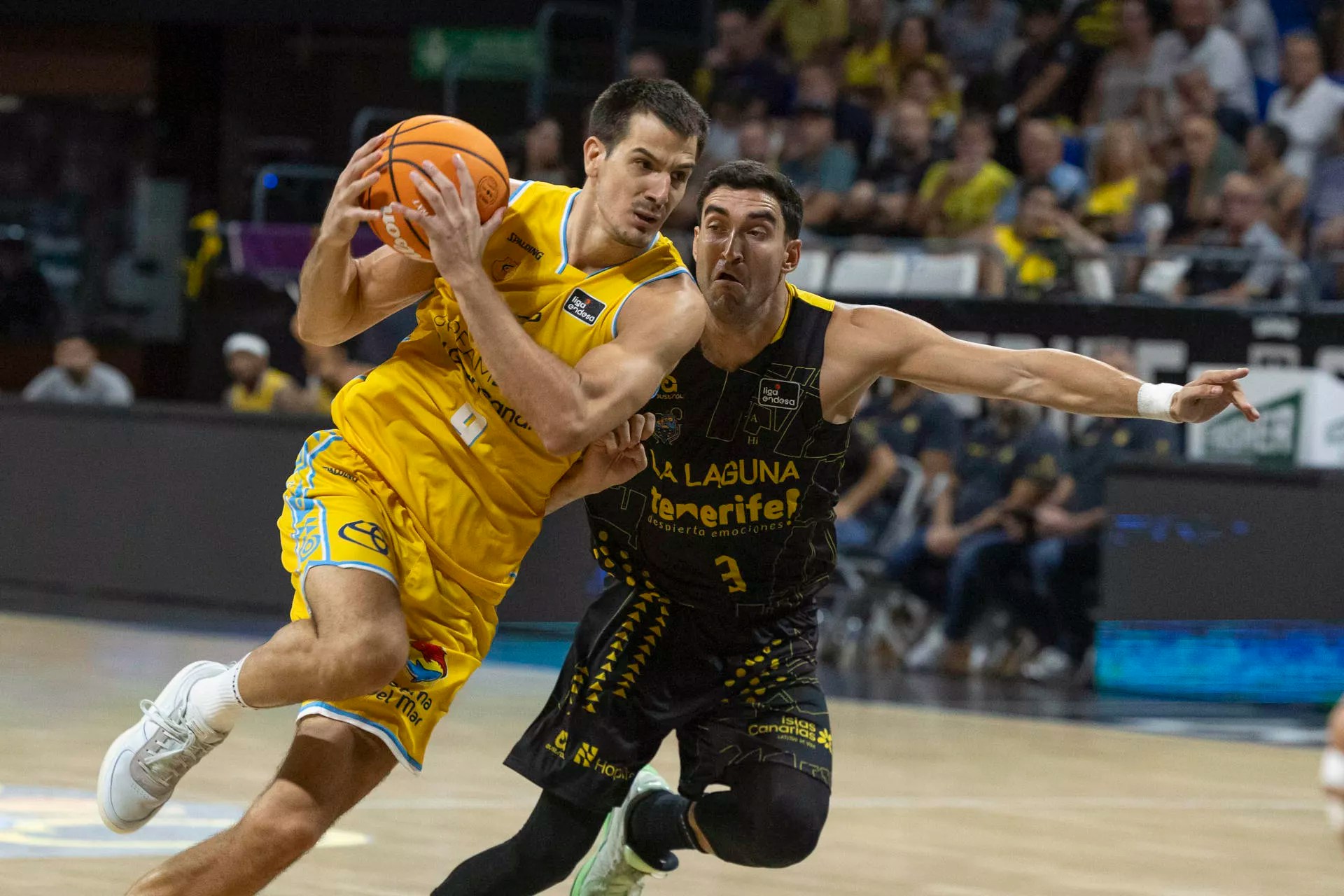Merely remnants of its former glory exist today, yet this structure was erected within a single year. Unveiled in 1893, the Bullring of Santa Cruz de Tenerife, once situated on the outskirts of the city, came into being through private enterprise. Businessman Nicolás Darmani from La Laguna had organized several impromptu bullfights, and upon witnessing their success, the La Tinerfeña society invested 105,558.07 pesetas to construct an enclosure with a capacity of nearly 7,000 spectators.
Prior to the prohibition of bullfighting in the Canary Islands, this arena had already been utilised for a wide array of purposes throughout its history.
The Santa Cruz de Tenerife Bullring
April 30, 1893 saw the inauguration of the venue by bullfighters Luis Mazzantini and Antonio Moreno Lagartijillo as part of the May Festival program. According to José Manuel Ledesma, the official chronicler of Santa Cruz de Tenerife, Mazzantini, a prominent figure at the time, received 50,000 pesetas.
The final bullfight staged at this arena took place on January 6, 1984. By the 1970s, the popularity of this activity had significantly dwindled, primarily due to the lack of local support in Tenerife and the diminishing profitability for sector entrepreneurs.
In April 1991, the Canary Islands Parliament passed an animal protection law implicitly banning bullfighting in the region, while still permitting cockfights.


Carnival Venue
The installation of the now completely ruined distinctive awnings in 1985 was pivotal, as just a year later, the Santa Cruz de Tenerife Bullring became the setting for Chicharrero Carnival competitions.
Under the leadership of José Tamayo, a team successfully organised events such as the Queen’s Gala, murgas contests, and rondallas. A theatrical stage was suspended 22 meters high, supported by a system of 256 steel cables. Gil Parrondo, a two-time Oscar winner, also participated in the inaugural gala in 1986.
The jury that year boasted renowned figures including Caco Senante, Iñaki Gabilondo, Carlos Ferrando, and Jesús Mariñas. The Gala’s hosts were also esteemed professionals – Teresa Alfonso and César Trujillo.
Various events had already been conducted in the 1970s and 1980s, but 1996 marked the pivotal moment for the Carnival-Bullring connection. The Plaza de España took over hosting duties for the Queen Election Gala before moving to the fairgrounds.
Iconic Performances
The Santa Cruz de Tenerife Bullring witnessed memorable performances such as Celia Cruz and Sonora Matancera’s concert on June 26, 1988. The venue hosted a lineup of artists including Oscar D’León (November 1986), Jimmy Cliff, Jerry Lee Lewis, Joe Cocker, and Ziggi Marley, all supported by Gilthead, a key sponsor of such events at that time.
In an unprecedented move on the island, ticket prices for these concerts reached 2,000 pesetas for the first time.


Canary Islands Wrestling Arena
The crowds flocking to witness the CL Santa Cruz matches at the bullring necessitated the use of thousands of chairs in addition to the stands to accommodate the high public demand.
During the 1980s, the arena of the Santa Cruz de Tenerife Bullring became a stage for significant fights of the era, although this new activity was eventually abandoned.
Boxing Events
Bouts such as Kid Levy versus Cloroformo Cabrera or Julián Hernández against Joe Lawani took place in the 1970s when bullfighting was in decline. The bullring was repurposed to host boxing nights.
With the enthusiasm for this sport running high in the Islands, local boxers found opportunities to showcase their skills against competitors from other parts of the country.
Interestingly, these events would often commence late in the evening, starting at 10:30 p.m., with some even beginning at 11:00 p.m.
Entertainment and Catering
Summer terraces flourished in Santa Cruz de Tenerife during the 1980s, with the Bullring having its own. The premises also housed several dining establishments on the ground floors with varying degrees of success.
Skating Rink
By the 1990s, the Plaza de Toros de Santa Cruz de Tenerife transformed into a skating rink. The introduction of inline skates sparked a craze, with an initiative offering the opportunity to skate on-site for a modest fee.
During its peak times, hundreds of individuals would gather simultaneously, but after a couple of years, this activity came to an end as well.














